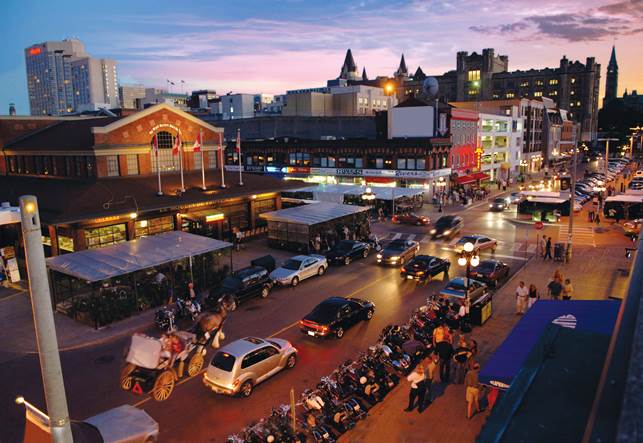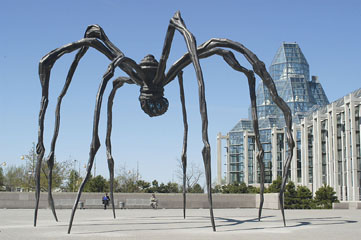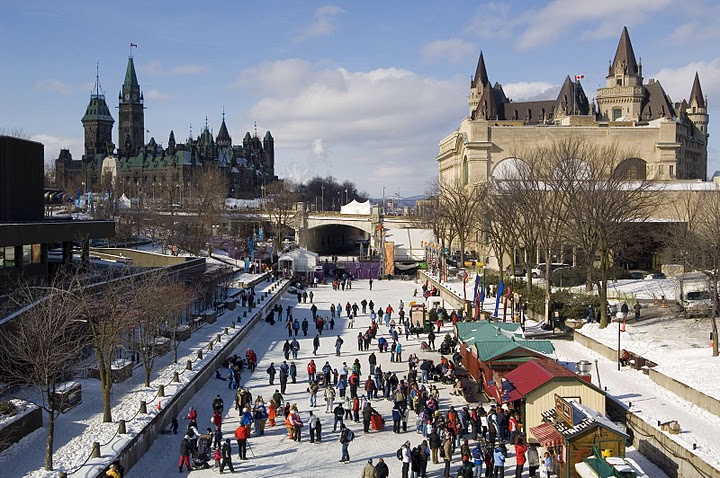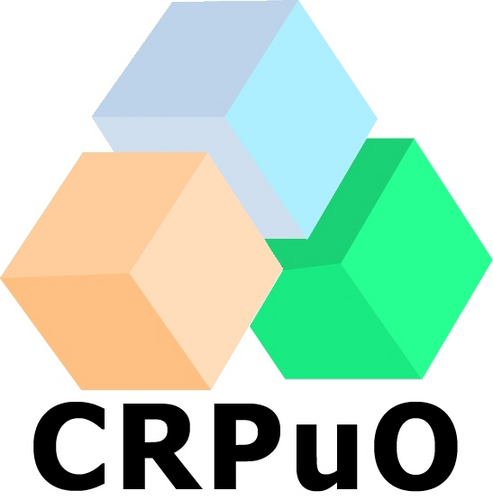Available Positions
We are currently hiring undergraduate summer researchers, Coop students, Master's students, PhD students, and Postdocs. There are special graduate student positions available for foreign students who are francophones (i.e. those who have at least one diploma of any kind (e.g. ecole secondaire) in french). Unfortunately, we do not have funding to accept other types of foreign students.Please email Jeff Lundeen directly to enquire. Useful information to attach to your email includes your CV, transcript (unofficial is okay), and up to three publications (if you have any). Consult here first for more information about graduate studies at uOttawa.
Former Students
Brandon Sutherland (currently a PhD student in Photonics at U. of Toronto): Jeff
is a pleasure to learn from, work side-by-side with in the lab, and
go out for good food and cold drinks with after work and I can't
thank him enough for his influence on my academic career.
Aabid Patel (currently a PhD student in Photonics at Southampton U., UK):
His
method of supervision is one that I find quite rare in academia.
Instead of acting as a delegating boss, he works alongside you and
and with his down to earth mentality, helps you understand concepts
while working through the task at hand.
Corey Stewart (currently a PhD student in Photonics at U. of Toronto):
He
truly gave me an appreciation for the scientific method I'd never
before experienced and is a tremendously talented and approachable
supervisor.
Thanks guys! Click HERE for the full quotes.
Why Quantum Photonics?
Quantum Photonics is an ideal field in which to do a graduate degree because it directly links the fundamental with the applied. For example,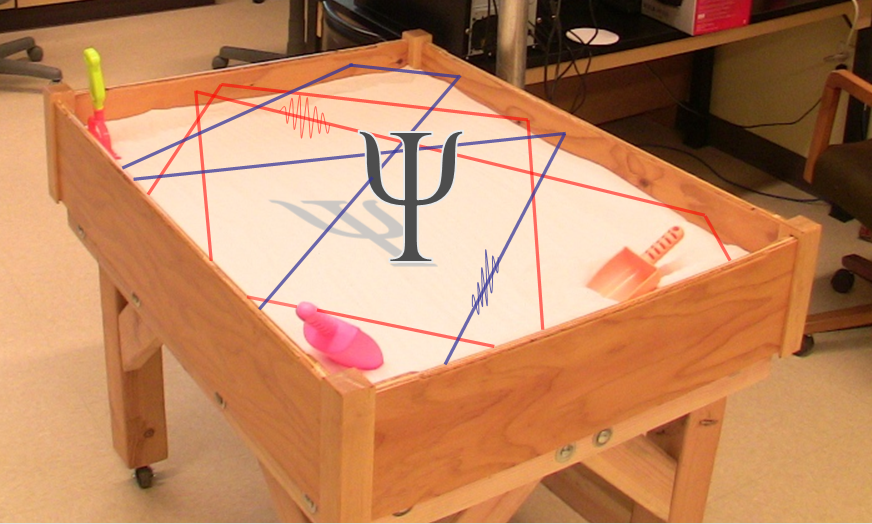 students
in Quantum Photonics get training in applied subjects such as building,
designing and operating lasers, modeling optical microchips, fibre
optics, high-speed electronics, optical raytracing, and nonlinear
optics. On the other hand, we use these tools and techniques to build
devices and experiments that use and test the underlying ideas and
concepts from quantum physics like entanglement and measurement.
students
in Quantum Photonics get training in applied subjects such as building,
designing and operating lasers, modeling optical microchips, fibre
optics, high-speed electronics, optical raytracing, and nonlinear
optics. On the other hand, we use these tools and techniques to build
devices and experiments that use and test the underlying ideas and
concepts from quantum physics like entanglement and measurement.There is no other field in which you can personally build your own experiment from the ground up and yet still probe some of the central questions we have about the world like "what is a quantum wavefunction?". During the course of their degree, students in quantum photonics typically build and perform a number of experiments. These self-contained exeriments usually fit on a single optical table which itself takes up roughly a third of a laboratory. In the process, students are trained and supported by other members of our group with goal of becoming independent and accomplished researchers.
Why the University of Ottawa?
Founded in 1848, University of Ottawa is a large (40,000 students) French and English institution located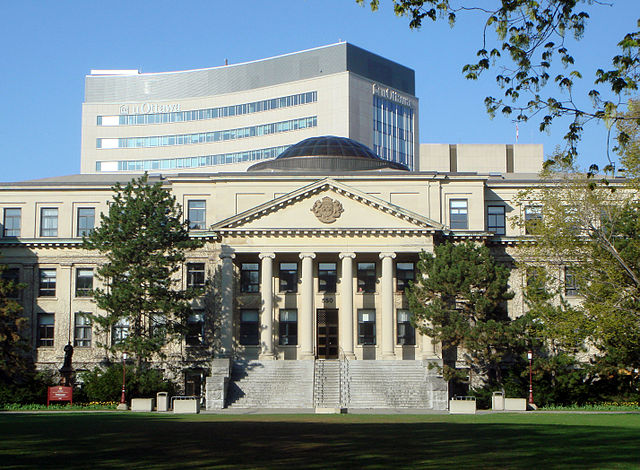 in downtown Ottawa along the Rideau Canal. In terms of research, it is
ranked 180th
in the world and is one of Canada's top 10 research universities.
It aims to be in the top five by 2020 through extensive investment in
new research. As part of that, the University is renewing its focus on
photonics and optics research by hiring numerous
in downtown Ottawa along the Rideau Canal. In terms of research, it is
ranked 180th
in the world and is one of Canada's top 10 research universities.
It aims to be in the top five by 2020 through extensive investment in
new research. As part of that, the University is renewing its focus on
photonics and optics research by hiring numerous 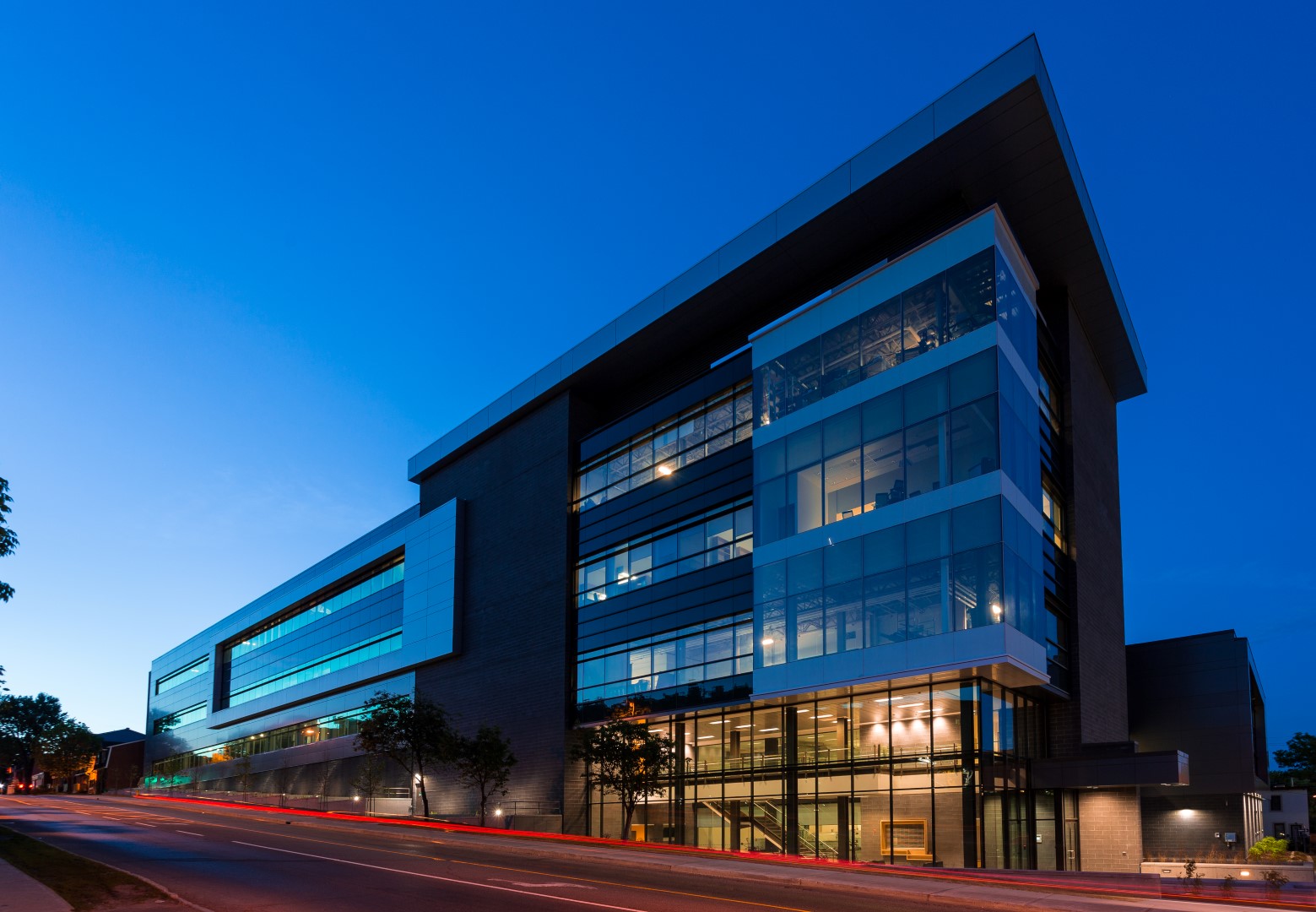 new faculty including Robert
Boyd who was awarded a $10 Million Canada
Excellence Research Chair (CERC) in Quantum Nonlinear Optics with
$15 Million in supplemental funding from the university. The Centre
for Research in Photonics at the unversity is home to world
renowned optics researchers Trevor
Hall and King
Faisal Prize Winner Paul
Corkum, among others. The new home of photonics research on at the
university will be the Advanced
Research Complex (ARC, see picture to the left), which is on
schedule (as of Aug. 2013) to be completed in Spring 2014. Student and
Faculty offices will be on the third floor of ARC. The first floor of
the new building will house over 500 square metres of combined lab space
for the CERC related researchers (Boyd, Lundeen, Dolgaleva, and one
more), including vibration isolated floors, assembly and clean rooms for
fabrication. We also have access to photonic fabrication facilities at
Carleton University, at the Canadian
Photonics Fabrication Centre, and to world-wide fabs through CMC Microsystems.
new faculty including Robert
Boyd who was awarded a $10 Million Canada
Excellence Research Chair (CERC) in Quantum Nonlinear Optics with
$15 Million in supplemental funding from the university. The Centre
for Research in Photonics at the unversity is home to world
renowned optics researchers Trevor
Hall and King
Faisal Prize Winner Paul
Corkum, among others. The new home of photonics research on at the
university will be the Advanced
Research Complex (ARC, see picture to the left), which is on
schedule (as of Aug. 2013) to be completed in Spring 2014. Student and
Faculty offices will be on the third floor of ARC. The first floor of
the new building will house over 500 square metres of combined lab space
for the CERC related researchers (Boyd, Lundeen, Dolgaleva, and one
more), including vibration isolated floors, assembly and clean rooms for
fabrication. We also have access to photonic fabrication facilities at
Carleton University, at the Canadian
Photonics Fabrication Centre, and to world-wide fabs through CMC Microsystems.Why Ottawa?
Canada has a long history of research and development in information and communication technology, from Alexander Graham Bell, to Marconi's first transatlantic transmission, to the invention of heterodyne detection. In Quantum Information, Gilles Brassard in nearby Montreal, co-invented quantum cryptography, and Ray Laflamme in Waterloo laid down the framework for Quantum Error-Correction. Some of the largest optical telecommunications companies in the world, like JDS and Nortel, had their homes in Ottawa. Today, there are over 40 photonics companies, including Ciena, OneChip Photonics, and OZ Optics, doing research in Ottawa. These are supplemented by the Canadian Photonics Fabrication Centre at the National Research Council (Canada's National Laboratory, with over 3000 researchers in Ottawa alone) and the Communications Research Centre. A number of cornerstones of digital communication systems were pioneered in Ottawa, including packet switching, Fiber Bragg Gratings, and Coherent Optical Communication. Ottawa is a smart city; it has the highest per capita concentration of PhDs in Canada, and the second highest concentration of science and technology employment in North America, surpassed only by Silicon Valley.Living in Ottawa
Ottawa is the capital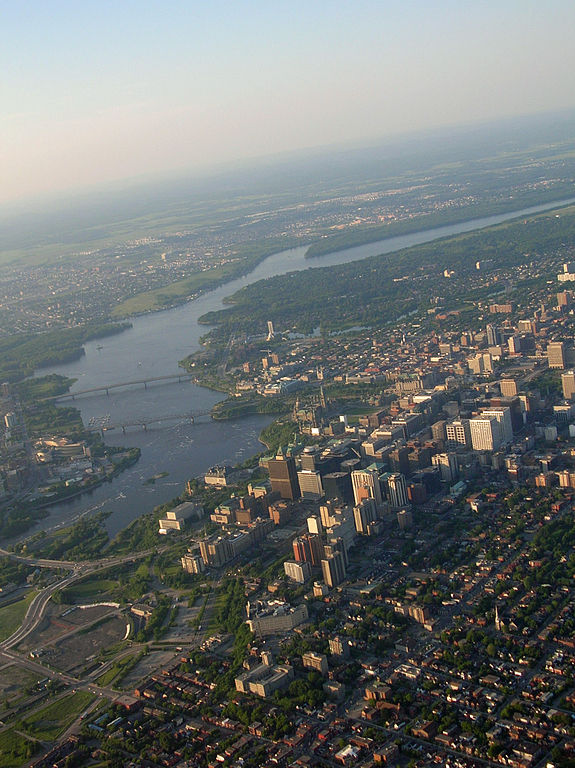 charming city
with large French, English and immigrant populations. It has a distinct
neighbourhoods, including a Little Italy, a Chinatown, a French
Quarter, a central Market, and a few different trendy areas with cafes,
bars, and shopping. The restaurant
scene is fantastic and thanks to our large immigrant communities
it has cusine from around the world: Sushi, Cantonese, Seshuan,
Vietnamese, French, Mexican, El Savadorian, Mongolian, Korean, Italian,
Lebanese, and more. Ottawa is home to many of Canada's high quality
National Museums and Cultural Institutions, such as the National Gallery of Canada and
the Museum of
Civilization, and the National
Arts Centre.
charming city
with large French, English and immigrant populations. It has a distinct
neighbourhoods, including a Little Italy, a Chinatown, a French
Quarter, a central Market, and a few different trendy areas with cafes,
bars, and shopping. The restaurant
scene is fantastic and thanks to our large immigrant communities
it has cusine from around the world: Sushi, Cantonese, Seshuan,
Vietnamese, French, Mexican, El Savadorian, Mongolian, Korean, Italian,
Lebanese, and more. Ottawa is home to many of Canada's high quality
National Museums and Cultural Institutions, such as the National Gallery of Canada and
the Museum of
Civilization, and the National
Arts Centre.Ottawa has plenty of natural space since it is positioned at the meeting of four significant waterways, the Gatineau River, the Rideau River, the Rideau Canal, and the Ottawa River. The latter is one of the world's great rivers (it looks more like a lake at some points) and is home to sailing, fishing, canoeing, and swimming right in the middle of the city. Every winter, the Rideau Canal freezes over and is turned into the world's largest (almost 8km long) skating-rink. Stretching right into the Ottawa area, Gatineau Park is a vast 360 square kilometre natural park with camping, cross-country skiing, hiking, down-hill skiing, snow-shoeing, swimming, canoeing and more. Many people bicycle to work on the city's extensive system of trails.
